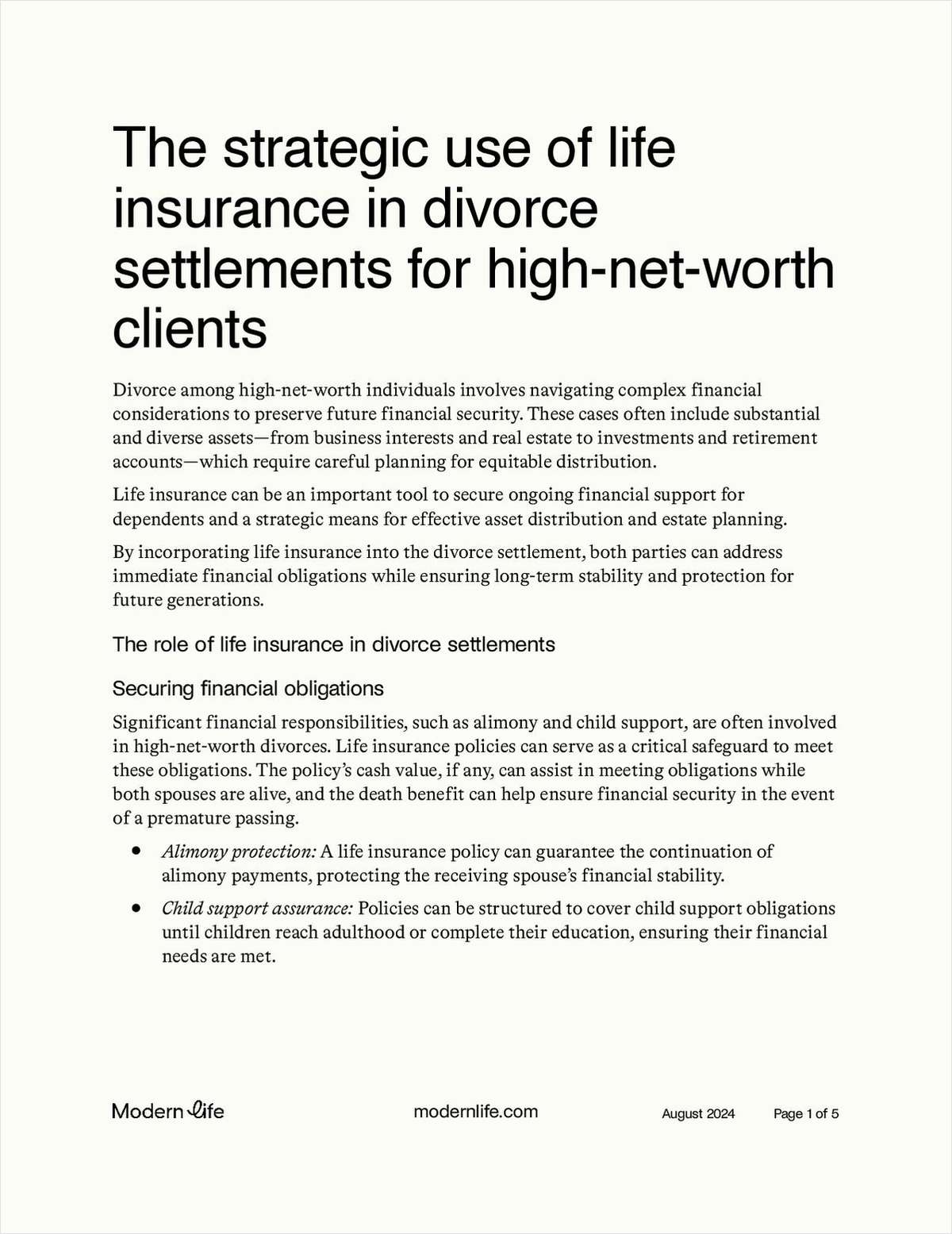"Discretion is the better part of valor." And in today's marketplace, discretion is all about protecting yourself. That's why advisors buy E&O insurance. But even more important than buying E&O is preventing the need to use it in the first place. To that end, here are 10 strategies for keeping you — and your business — safe in a litigious marketplace:
1. Be a consummate professional.
There is no short cut to professionalism. Do your homework and know what you're recommending. Keep investing in your knowledge base by earning appropriate designations and attending professional development courses. Stay current on regulatory requirements.
2. Do your research.
Make sure all products and investment programs you offer are registered with the appropriate regulatory authority and approved by your broker-dealer, registered-investment advisor and insurance FMO.
3. Stay in your expertise area.
Only recommend products you fully understand and are licensed to sell. If you refer clients to other providers, make sure you can vouch for their competence and integrity.
4. Solicit business properly.
Make sure your solicitation materials are above board. You never want to misrepresent who you are, what you do, or what you sell. If required, have your insurance company and/or broker-dealer approve your solicitation materials.
5. Practice full disclosure.
Make sure to disclose all required information and be totally up front about your track record, business practices, and affiliated advisors and companies.



